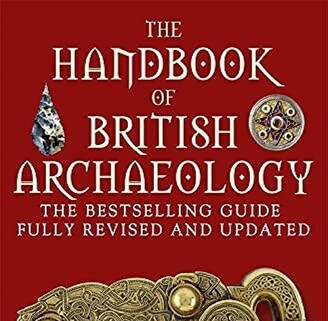Recently discovered, the earliest dated English scientific instrument is going under the hammer at Christie’s auction house in London on Wednesday.
The palm-sized copper-alloy “horary quadrant,” which would have been used by medieval workers to determine the time of the day based on the height of the sun in the sky, is engraved with the year “1311.”
This predates the next-oldest inscribed scientific instrument, the British Museum’s latitude-finding “Chaucer Astrolabe,” by about 15 years.
Christie’s science specialist James Hyslop told Newsweek that the quadrant “is evidence of a more sophisticated workshop for scientific instruments than we’d previously thought.”
“Medieval English instruments are incredibly rare, so any new discovery adds hugely to our knowledge of science at the time,” Hyslop added.
…
The newly-discovered quadrant is also noted to bear “remarkable similarities” to another.
This instrument was unearthed in a field in Chetwode, Buckinghamshire, England, by metal detectorist Simon Neal nearly a decade ago.
According to Christie’s, who also auctioned off that find back in late 2015, both quadrants are similar in composition, shape, and the style of engraving.
This suggests that they may have been produced in the same workshop, if not by the very same hand, in the early 14th century.


